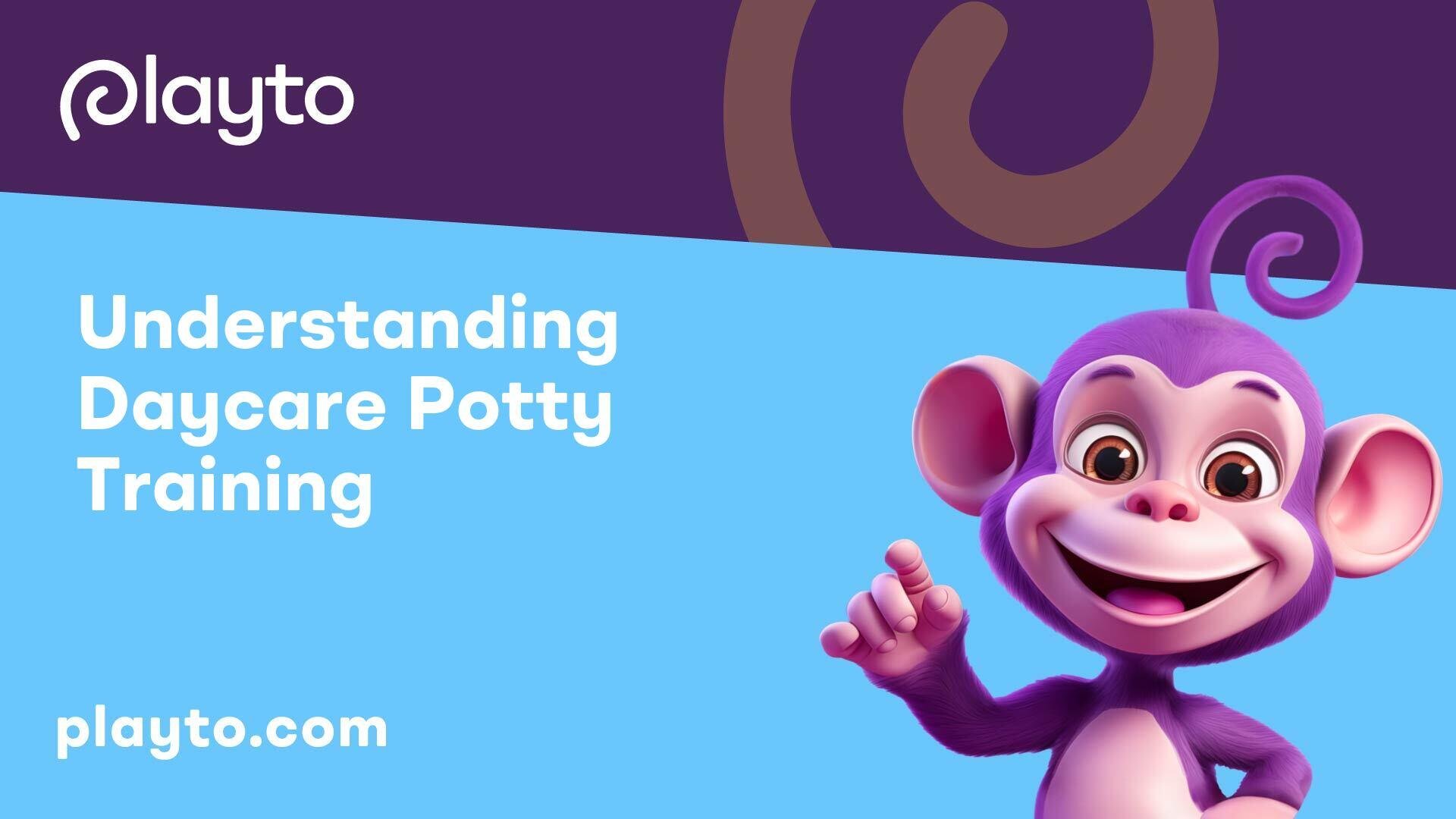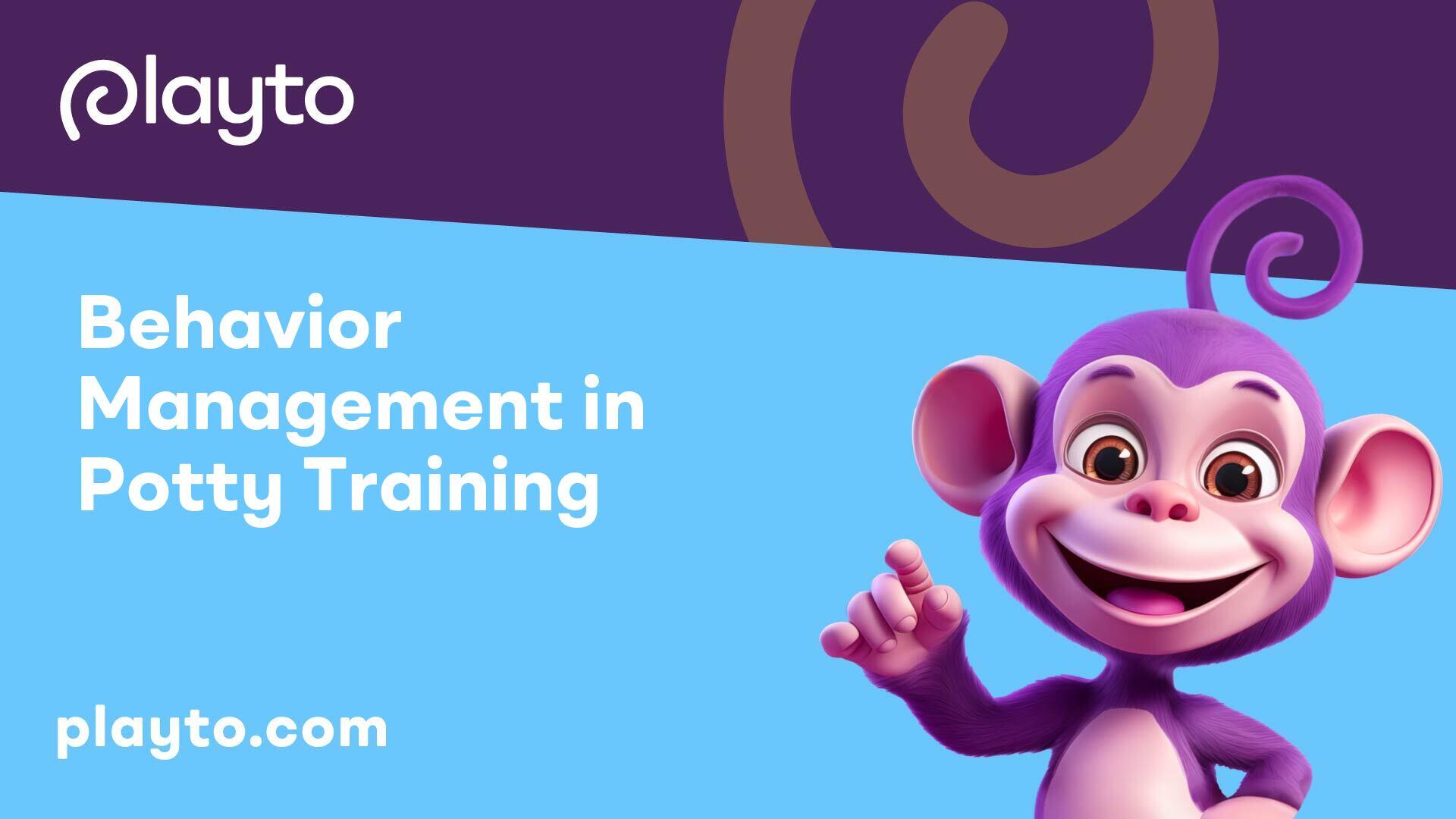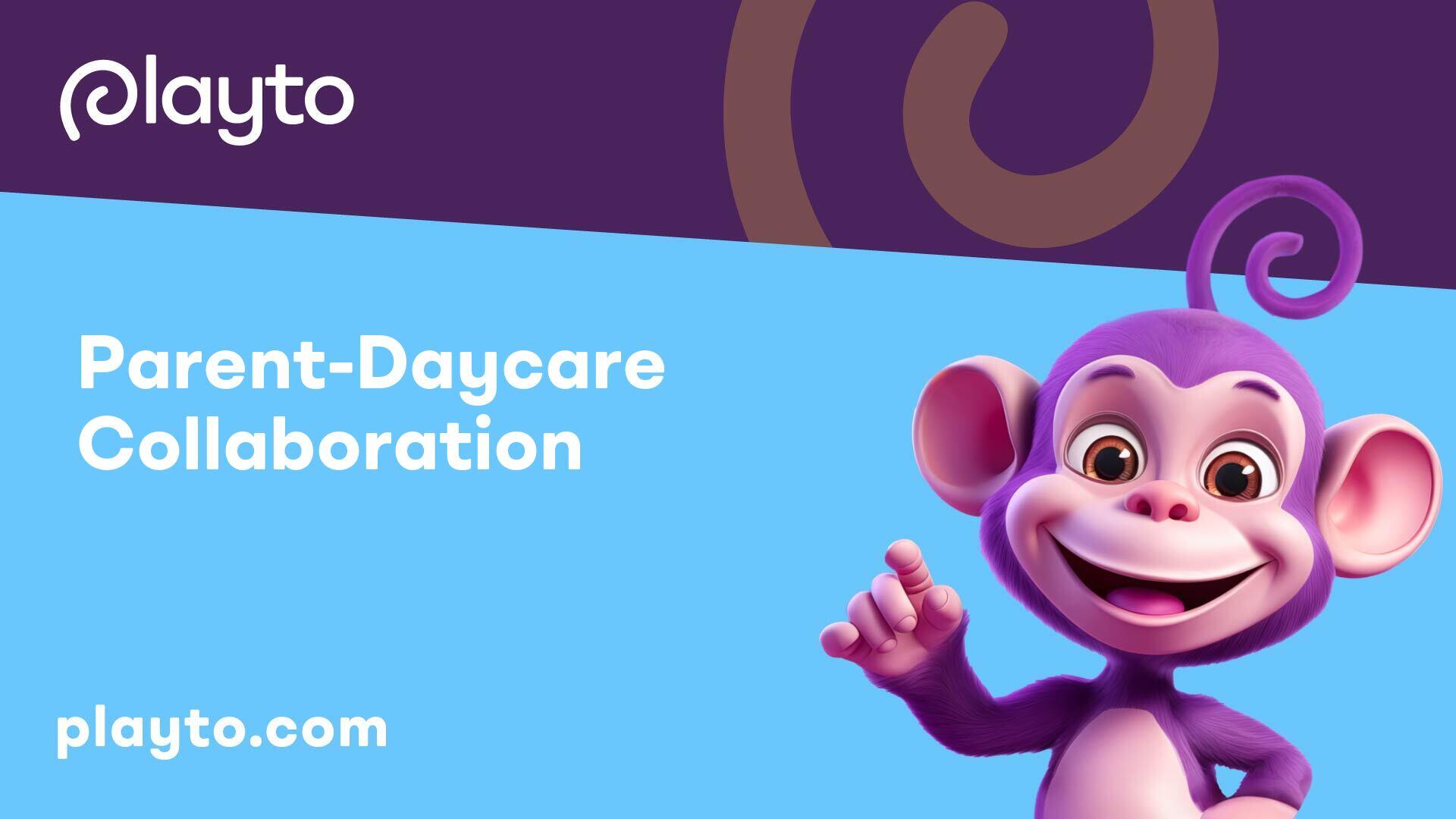
Understanding Daycare Potty Training
When it comes to daycare policies for toilet training, understanding how daycares approach the potty training process and their individual policies is essential for a smooth transition and successful experience for both children and parents.
Daycare Approach to Potty Training
Modern daycares may now prefer parents to take a more active role in potty training, advising parents to keep children in pull-ups during the training process [1]. Unlike in the past when daycares were more involved in the training process, this shift in approach encourages a collaborative effort between parents and daycare providers to support the child's development.
Daycare providers play a crucial role in creating a supportive environment for potty training. Positive reinforcement, including praise, rewards, and encouragement, is key to reinforcing desired behavior [2]. By aligning incentives used at home with those at daycare, parents can ensure consistency in reinforcing positive behaviors and progress, facilitating a successful potty training experience.
Individual Daycare Policies
Each daycare may have distinct policies concerning potty training, influenced by their experiences, biases, and philosophies. These policies can impact the level of assistance daycare providers are willing to offer during the potty training process. Understanding the specific guidelines and approaches of a daycare can help parents make informed decisions and work collaboratively with the daycare staff.
To navigate through individual daycare policies effectively, parents are advised to communicate openly and actively with daycare providers. Discussing potty-training strategies with both the child and the daycare provider can facilitate a smooth transition. Establishing a strong partnership between parents and daycare providers ensures common goals are met, insights are shared, and consistency is maintained in the approach to potty training.
By understanding the daycare's approach to potty training and familiarizing oneself with the individual daycare policies, parents can engage in proactive communication, promote positive reinforcement, and establish a collaborative relationship with the daycare staff. This alignment fosters a supportive environment for the child's potty training journey, leading to successful outcomes and a positive daycare experience.

Effective Communication with Daycare
When it comes to navigating daycare policies for toilet training, effective communication between parents and daycare providers plays a pivotal role in ensuring a seamless potty training experience for children. Understanding and discussing the potty-training policies established by the daycare can significantly impact the success of the training process.
Discussing Potty-Training Policies
Daycares have evolved their approach to potty training, moving towards a more collaborative model with parents due to the prevailing "wait till they're ready" message. This shift emphasizes the importance of open communication between parents and daycare providers in deciding when and how to initiate potty training [2]. Parents are encouraged to engage with daycare staff to comprehend the center's specific potty training protocols and ensure alignment with their child's needs and expectations.
By discussing potty-training policies with daycare providers, parents can gain valuable insights into the strategies employed, the availability of facilities, and the overall approach to toilet training within the childcare setting. This proactive communication fosters a collaborative environment where parents and daycare staff work together to support the child's development and ensure a positive potty training journey.
Availability of Potties at Daycare
Ensuring that daycares have adequate facilities for potty training is essential for a smooth and effective transition. Daycare facilities prioritize maintaining a safe and hygienic environment, which can influence their approach to toilet training. Some daycares may choose to keep children in diapers initially to minimize contact with bodily fluids, while others may offer designated potties for training purposes [2].
Clear communication regarding the availability and accessibility of potties at daycare facilities allows parents to prepare their children for the potty training process. Knowing the setup and protocols for handling accidents can help parents and children feel more secure and comfortable during this developmental phase. Positive reinforcement, proper hygiene practices, and consistent routines contribute to a supportive and encouraging environment for children embarking on their potty training journey at daycare.
By openly discussing potty-training policies and the availability of potties with daycare providers, parents can establish a foundation for effective collaboration, align incentives for positive reinforcement, and promote a harmonious partnership in guiding their child through the potty training experience. This proactive communication builds trust and transparency, fostering a conducive environment for successful toilet training at daycare.

Potty Training Success Factors
When it comes to successful potty training at daycare, several factors play a crucial role in ensuring a smooth and positive experience for both the child and the caregivers. Understanding the child's personality and adaptability, as well as implementing effective strategies for a smooth transition, are key components in achieving potty training success.
Child's Personality and Adaptability
Each child has a unique personality and level of adaptability when it comes to potty training. Some children may thrive with potty training at daycare, while others may require more time and support to feel comfortable with the process. It is important for parents to discuss potty training strategies with both their child and the daycare provider to tailor an approach that suits the child's individual needs [1].
Understanding the child's cues, preferences, and reactions to the potty training process can significantly impact their success. By recognizing and respecting the child's individuality, caregivers can create a supportive environment that encourages positive potty training outcomes.
Strategies for Smooth Transition
Establishing a strong partnership between parents and daycare providers is essential for a successful potty training experience. This collaborative approach ensures that both parties work together towards common goals, share insights about the child's progress, and maintain consistency in the potty training approach. Open and transparent communication fosters a harmonious daycare experience for all involved in the potty training journey.
Daycares have evolved their approach to potty training, moving towards a more collaborative model with parents. This shift involves parents keeping children in pull-ups while working on potty training, aligning with the message of "wait till they're ready." This collaborative effort signifies a joint decision-making process between parents and daycares on the timing and methodology of initiating potty training.
Positive reinforcement, including praise, rewards, and encouragement, is a key element in successful potty training at daycares. It is crucial for parents to synchronize the incentives used at home with those at daycare to reinforce positive behavior and progress. Avoiding punishment is recommended as it can lead to increased anxiety and hinder the learning process [2].
Addressing challenges during the daycare handoff process, such as differences in potty training methods or rewards, involves effective communication with daycare providers to understand their perspective. Collaborating and finding compromises ensure consistency in the child's potty training journey and enhance the overall experience for both the child and the caregivers [3].

Behavior Management in Potty Training
When it comes to potty training at daycare, effective behavior management plays a crucial role in guiding children through this developmental milestone. Addressing intentional actions and understanding the balance between negative consequences and positive reinforcement are key aspects of successful potty training.
Addressing Intentional Actions
In cases where children demonstrate deliberate peeing or pooping in their pants rather than using the potty, daycare providers often view this behavior as an intentional act rather than an accident. It is crucial to address intentional actions promptly and consistently to guide children towards proper potty habits.
One approach to addressing intentional peeing in defiance is to consistently offer a replacement behavior. Encouraging the child to use the potty and providing positive reinforcement when they do so can help redirect their behavior towards more appropriate actions. Additionally, involving the child in the cleanup process, teaching them the correct way to handle accidents, and emphasizing that deliberate peeing in defiance is not acceptable behavior are essential strategies to discourage this behavior.
Negative Consequences vs. Positive Reinforcement
When dealing with intentional peeing or pooping in defiance, negative consequences are often considered more effective than solely focusing on positive reinforcement. Implementing negative consequences, such as putting the child back in diapers until they demonstrate proper behavior, can help convey the message that intentional actions have consequences.
While positive reinforcement is important in fostering good potty habits, it is essential to strike a balance between positive reinforcement and setting boundaries with negative consequences for intentional defiance. By incorporating a combination of both approaches, daycare providers can effectively address behavior issues and guide children towards successful potty training outcomes.
By actively addressing intentional actions, implementing appropriate consequences, and maintaining a balance between negative consequences and positive reinforcement, daycare providers can create a supportive and structured environment for children to learn and master the skills necessary for successful potty training. Through consistent guidance and effective behavior management strategies, children can develop healthy potty habits and thrive in their daycare setting.

Parent-Daycare Collaboration
When it comes to potty training in daycare settings, establishing a solid collaboration between parents and daycare providers is paramount for a successful experience. This partnership ensures that mutual goals are set, insights regarding the child's progress are shared, and a consistent approach to potty training is maintained. Effective communication and cooperation between parents and daycare staff create a harmonious environment conducive to successful potty training.
Common Goals and Insights Sharing
Collaboration between parents and daycare providers begins with aligning on common goals for the child's potty training journey. By sharing insights and information about the child's preferences, progress, and challenges, both parties can work together to create a unified strategy. This exchange of knowledge fosters a supportive environment where everyone is dedicated to the child's potty training success.
It is essential for parents to communicate their expectations and concerns openly with daycare providers to ensure that all parties are on the same page regarding the potty training approach. Transparency and cooperation lay the foundation for a collaborative effort that benefits the child and promotes a positive potty training experience.
Consistency in Potty Training Approach
Consistency is key when it comes to potty training, especially in a daycare setting where the child is transitioning between home and daycare environments. By maintaining a consistent approach to potty training techniques, schedule, and expectations, parents and daycare providers can reinforce learning and promote success.
Consistent reinforcement of potty training methods, positive reinforcement for desired behaviors, and clear communication regarding progress are essential components of a successful potty training strategy. When both parents and daycare staff adhere to the same guidelines and practices, the child receives consistent cues and support, facilitating the learning process and easing the transition from diapers to toileting independence.
In summary, a collaborative approach between parents and daycare providers, based on shared goals, open communication, and consistent potty training methods, is instrumental in achieving success in toilet training. By working together and supporting each other, parents and daycare staff can create a positive and encouraging environment for the child's potty training journey.
Policy Variations in Daycares
When it comes to daycare facilities, daycare policies for toilet training can vary significantly. Understanding these policy variations is crucial for parents seeking the right daycare for their child's potty training journey. Key areas where daycares differ in their policies include potty training requirements and health and safety guidelines.
Potty Training Requirements
According to Go Diaper Free, daycare facilities in various locations may have different stances on potty training requirements. While some daycares may expect children to be fully potty trained before enrollment, others may be more lenient and provide assistance in the potty training process. It is essential for parents to inquire about the daycare's specific requirements and guidelines regarding toilet training to ensure a smooth transition for their child.
Health and Safety Guidelines
Daycares and preschools, as per One Proud Toddler, often tailor their potty training policies based on health and safety regulations. Some facilities may mandate that children need to be potty trained before admission to maintain cleanliness and hygiene standards. Additionally, small in-home daycare providers may enforce the use of pull-ups or diapers to prevent any accidents that could soil furniture or carpets.
By understanding the variations in daycare policies concerning potty training requirements and health and safety guidelines, parents can make informed decisions when selecting a daycare that aligns with their preferences and their child's needs. It is advisable for parents to communicate openly with daycare providers to ensure that any concerns or specific requirements related to potty training are addressed effectively.
Setting Expectations and Alignment
When it comes to navigating daycare policies for toilet training, setting clear expectations and aligning strategies between parents and daycare providers is essential for a successful potty training journey. This section focuses on the transition process during potty training and the importance of involving daycare providers in this developmental stage.
Transitioning in Potty Training
In modern daycare settings, the approach to potty training has evolved. Unlike in the past when daycares took a more hands-on role in the process, today, daycare facilities may encourage parents to keep children in pull-ups while actively working on potty training. This transition period is crucial as it allows the child to gradually adapt to the potty training routine both at home and in the daycare environment.
It's recommended that parents initiate discussions with daycare providers regarding their potty-training policies before commencing the training process with their child. This proactive communication helps align expectations and ensures a smooth transition for the child, minimizing confusion and inconsistencies.
Involving Daycare Providers
Establishing a strong partnership between parents and daycare providers is key to a successful potty training experience. This collaboration fosters a supportive environment where common goals are shared, insights about the child's progress are exchanged, and a consistent approach to potty training is maintained.
When challenges arise, such as differences in potty training methods, rewards systems, or signaling processes between home and daycare, open communication with the daycare provider is vital. Understanding their perspective and working together to find common ground can lead to a compromise that benefits the child's overall potty training journey.
By involving daycare providers in the potty training process and aligning strategies between home and daycare, parents can create a cohesive and supportive environment for their child's development. Consistency, communication, and collaboration are key factors in ensuring a positive and successful potty training experience for both the child and the daycare setting.
Troubleshooting at the Daycare
In the journey of toilet training at a daycare, it's common to encounter challenges and discrepancies in policies between parents and daycare providers. Effectively handling these differences is crucial for ensuring a positive and successful potty training experience for the child.
Handling Policy Differences
When dealing with policy disparities between home and daycare on toilet training, open and respectful communication is key. Parents may find that the strategies used at daycare differ from those at home, which can sometimes lead to confusion or resistance from the child. It's essential to approach these differences with understanding and a willingness to collaborate.
It is recommended to schedule a meeting with the daycare provider to discuss any conflicting approaches and understand the rationale behind their policies. By expressing concerns and sharing perspectives openly, both parties can work towards a solution that prioritizes the child's comfort and development. Parents should also familiarize themselves with the daycare's policies, which may vary from center to center, as highlighted by Playto.
In cases where the daycare insists on specific potty training methods, rewards, or signaling processes that differ from the home environment, parents should seek common ground through compromise. This may involve incorporating aspects of both approaches to create a consistent routine for the child. By acknowledging and respecting each other's perspectives, parents and daycare providers can mitigate policy differences and create a harmonious toilet training plan.
Communication and Compromise
Effective communication and mutual understanding are essential components of troubleshooting policy differences during the daycare handoff process. Parents should actively engage with daycare providers to address any concerns or discrepancies and work together towards a shared approach to toilet training.
Seeking to comprehend the daycare’s perspective and the reasoning behind their policies can help parents navigate challenges more effectively. By fostering an open dialogue and demonstrating a willingness to compromise, parents and daycare providers can establish a supportive environment that aligns with the child's potty training needs.
In situations where conflicts arise, it's important to focus on the child's best interests and strive for consistency in the potty training journey. By approaching policy differences with patience, empathy, and a shared commitment to the child's development, parents and daycare providers can troubleshoot challenges successfully and create a positive toilet training experience for all involved.
References
[1]: https://godiaperfree.com/successful-potty-training-with-your-daycare/
[2]: https://www.playto.com/blog/daycare-s-approach-to-potty-training-policies
